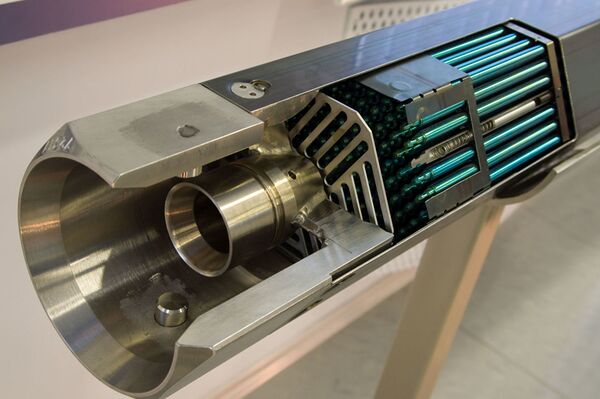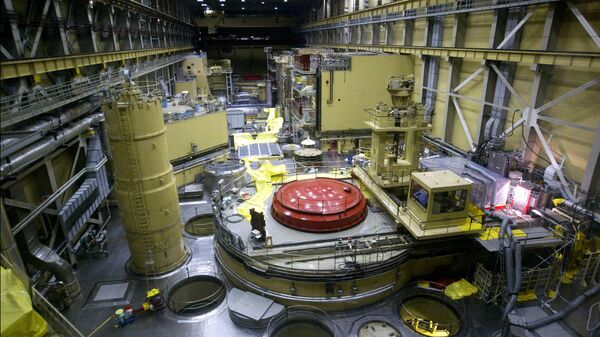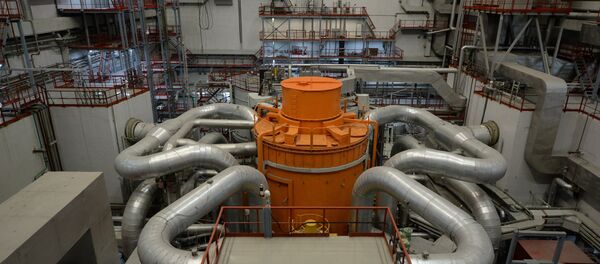That material can be used inside the enclosures of nuclear reactor rods, according to the university’s press service.
These rods are among the key functional units of any nuclear reactor, coming into direct contact with uranium fuel and controlling the nuclear reaction's intensity. The main problem of the new-generation fast reactor that can reuse spent uranium fuel is the substantial loads placed on these rods.
New structural materials are needed to conduct a closed-loop fuel cycle inside fast reactors. These materials should make the fuel burn much faster than it does currently. They should withstand damaging radiation levels of up to 180-200 dislocations per atom, as compared to 100-130 dislocations per atom for current materials.
The enclosures of steel rods are simply unable to function in such conditions. Materials science specialists have long been expected to develop a material capable of withstanding the simultaneous impact of several super-aggressive external factors.
"Our team has developed the sandwich-type three-layer steel-vanadium alloy-steel material whose ferritic stainless steel ensures substantial corrosion resistance. And the material's vanadium alloy (V-4Ti-4Cr) guarantees heat and radiation resistance, so as to offset the impact of a nuclear reactor's super-aggressive environment," said project co-author and postgraduate student Alexandra Baranova from NUST MISIS' Faculty of Materials Science and Physics of High-Strength Materials.

According to Baranova, the creation of this composite material is a formidable challenge because both materials must be as monolithic as possible at various seams and joints.
"It became possible to solve this problem by using a complicated deformation-thermal method for treating the three-layer blanks that includes hot co-extrusion, radial forging and joint rolling. This creates a ‘transitional zone' on the boundary between the component materials. Therefore the materials diffuse into each other, and this guarantees their highly durable seams and joints," Baranova noted.
READ MORE: Russian Scientists Discover Bacteria That Neutralizes Nuclear Waste
This production process allowed steel and the vanadium alloy to penetrate each other, scientists said. Members of the research team managed to develop a prototype rod enclosure which is, in fact, a monolithic three-layer tube.
Laboratory tests proved the new alloy's high durability at working temperatures of up to 700 degrees Celsius. Developers are set to launch a long-term project for assessing the new material's radiation-resistance levels soon.





